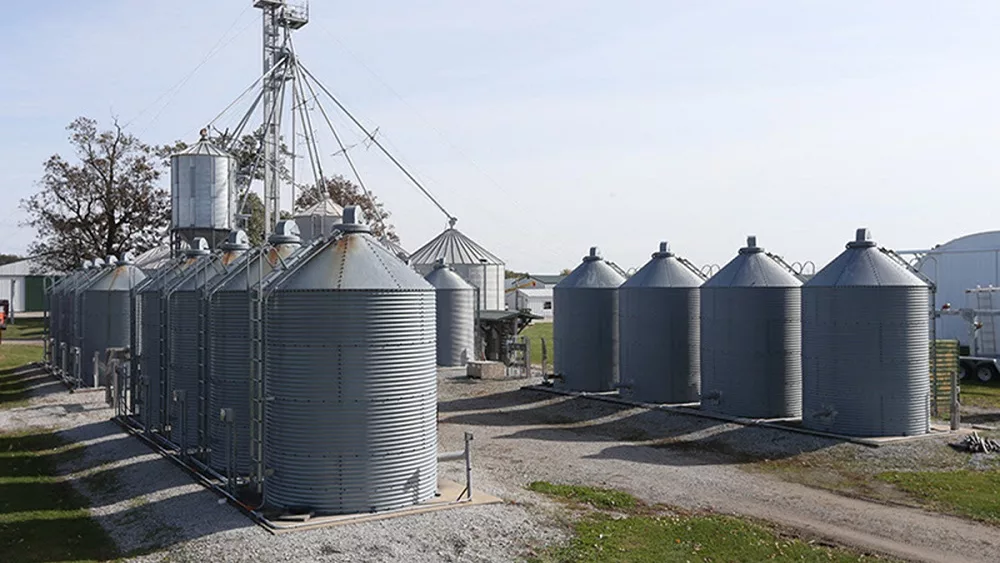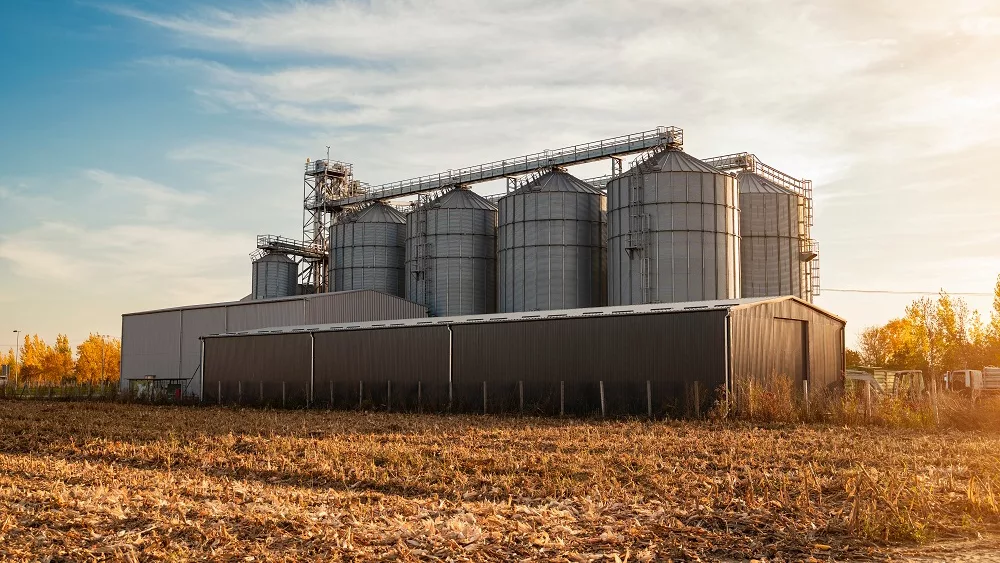
The USDA, in its August crop report, forecast the US corn crop at 13.7 billion bushels and soybean production at 3.92 billion bushels, both well above what the market had been expecting. As a result, prices fell sharply on Wednesday. The report put US corn yields at 168.8 bpa and soybean yields at 46.9 bps, higher than had been expected due to the adverse weather in the Eastern Corn Belt. As Purdue Economist Chris Hurt pointed out, even with the reduced yields in Indiana, this is still the 3rd largest crop on record with the second highest yield on record, “The market had focused on the crop losses in Indiana and Illinois, but the report showed we still have a very large crop.”
While yields in IN, IL, and OH are down, yields in top producing states in the Western Corn Belt are setting new records. Hurt told HAT the market has overreacted, but that harvest prices are likely to recover somewhat and be closer to what had been forecast back in March, before the rains came, “We will likely see corn prices in the mid $3.00 range with soybeans in the mid $9.00 range.” He noted that the USDA did not make any changes in acreage; he expects those changes to come in the September report.
Arlan Suderman, with Waterstreet Solutions, said he was not surprised that the USDA did not cut yields as much as the market had expected, “I was expecting a bearish report today, but, on the other hand, it was hard to believe that USDA could actually raise yields this far after walking the fields. Today’s increased yields appear at first glance to come from near-record high ear weights, but a source within USDA stated unofficially that they relied more heavily on the farmer survey for this report than they did the field checks.” The report made no changes in acreage and data on prevented plantings has not been released yet. Both Hurt and Suderman feel this will likely be reflected in the September report. “The bottom line is that new-crop stocks rose to 1.713 billion bushels, up from 1.599 billion the previous month and up from trade expectations of 1.424 billion bushels,” Suderman said.
Wednesday afternoon Purdue presented a panel discussion of the USDA numbers and their impact on Indiana agriculture. The program was led by Jay Akridge, Glenn W. Sample Dean of the Purdue College of Agriculture. It featured a special announcement by Julia Wickard, executive state director of the FSA, that 53 Indiana Counties had been declared disaster areas because of flooding and crop loss. Also serving on the panel were Ted McKinney, director of the Indiana State Department of Agriculture; Chris Hurt, Purdue Extension agricultural economist; Bob Nielsen, Purdue Extension corn specialist; Shaun Casteel, Purdue Extension soybean specialist; and Greg Matli, Indiana state statistician of the USDA’s National Agricultural Statistics Service.




